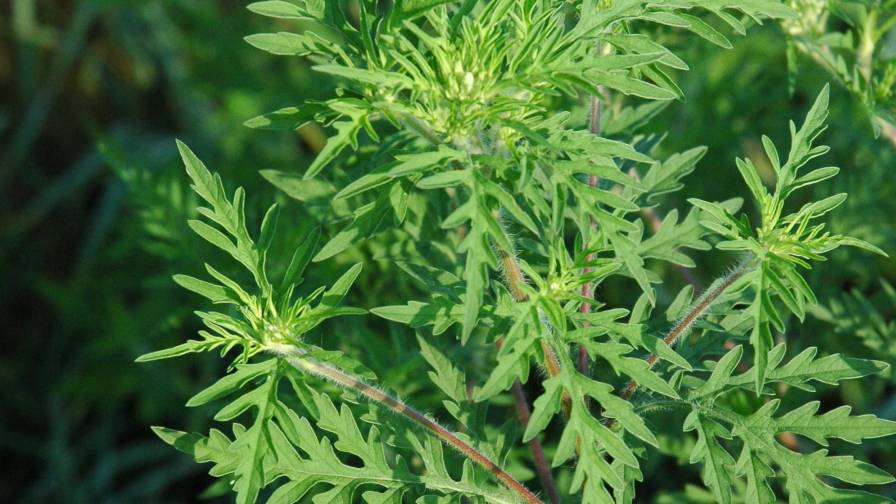Fall Fertilizer Looking ‘More Positive’
According to most market watchers, the Great Recession ended for much of the world approximately five years ago. For the fertilizer marketplace, however, the Great Recession is still ongoing, at least in financial terms.
During 2017 economists estimate that U.S. grower income dropped to $58 billion. Not too many years ago, this figure topped $100 billion. Likewise, commodity prices have remained very low vs. where they stood at the beginning of the 2010s. Not surprisingly, this income pressure has directly impacted ag retailers and their fertilizer sales the past few years.
According to data collected in the 2017 CropLife 100 survey of the nation’s top ag retailers, fertilizer revenue dipped $1.4 billion to $12.1 billion. Furthermore, this downward trend has been the norm for the fertilizer category for the past three growing seasons now.
Given this backdrop of mostly negative news, what is the outlook for fertilizer demand come the fall of 2018? At this point, most ag retailers are somewhat upbeat.
“It’s slightly positive,” says Tim McArdle, Vice President for BRANDT, Springfield, IL. “Good crops and high removal are overcoming some commodity price concerns.”
Dave Coppess, Executive Vice President, Sales and Marketing for Heartland Co-op, West Des Moines, IA, agrees. “We are optimistic about the current crop in the field,” Coppess says. “Yields are projected to be very good, and it’s dry enough in most of our trade area, which usually leads to an early harvest with plenty of time in late October and early November for fall fertilizer application. The markets are recovering from the ‘summer lows,’ and the tariff protection promised from President Donald Trump has farmers feeling more secure about farming for another year.”
Nitrogen, Phosphates, Etc.
With the overall fall fertilizer picture looking better than expected, how do ag retailers believe individual macronutrients might perform in fall 2018? For nitrogen, the outlook seems mixed. According to Coppess, nitrogen demand should be “OK,” but he worries that continuing environmental concerns regarding fertilizer application and run-off from crop fields will move more growers to a different time of the year for this work. “Environmental stewardship continues to push nitrogen application, often split applications into the spring season,” he says.
McArdle is more positive. In particular, he says, although soybean acreage outpaced corn this year for the first time since the early 1980s, the ongoing tariff war with China — which buys approximately every third row of U.S. soybean planted — could convince growers to switch back to more fertilizer-intensive corn next year. “Nitrogen should be up for us as anhydrous ammonia due to marginally more corn acres in 2019,” he says.
As for phosphates and potash, retailers believe both will see slight uptick in overall demand from growers due to the fact that many locations have “mined” these macronutrients for a few years now. “Potash will outperform phosphates due to the price differential,” McArdle predicts.
Given these positive outlooks for macronutrient demand this fall, an observer might believe that grower-customers are having better financial luck than they’ve seen in the past few seasons. However, according to Heartland’s Coppess, this might not be the case for everyone.
“Farmer profitability is still not ‘out of the trough,’ and cash will be tight for some customers,” he says. “We’re monitoring our accounts receivables and credit concerns very closely. There may be some customers that will not be ‘credit worthy.’ We’re going to promote cash prepays for fall fertilizer, especially on rented ground in the event the tenant loses the ground before March 2019. We don’t want to be caught ‘holding the bag.’”
Coppess continues that ag retailers are also feeling the effects of this “down” cycle. “Traditional ag retailers continue to struggle to make a profit within their agronomy departments,” he says. “Expenses for people and equipment continue to escalate, and retail margins have not increased accordingly. Many of us are feeling this pinch. Ag retailers will continue to adjust and adapt new business practices to improve operational efficiencies and strip unnecessary costs from the business.”
The Waiting Game
BRANDT’s McArdle agrees with this view, adding that it might encourage some ag retailers to “play a waiting game” with their fertilizer supplies this fall and perhaps moving into 2019. “Most retailers have a long supply chain for fertilizer, so waiting until the last minute to order is generally not a good strategy, but some may try it,” he says. “Tariff resolution could drive up soybean and corn prices, resulting in more fertilizer sales but also resulting in spikes in fertilizer costs, leaving unbought tons out of position for profitability.”
Heartland’s Coppess is a little less certain the U.S.-China tariff debate will be settled. “The present situation impacted by the trade tariffs is a concern,” he says. “Many still remember the dynamics of 2008 — Europe’s economic woes, then the housing market crisis, a couple of other issues, and we went into a world recession. Could we be on the face of another economic adjustment? The stock market is due for correction, the U.S. housing market has been very strong. Will another increase in interest rates crater this? There is lots of uncertainty.”
Overall, Coppess adds, his company will go into the 2019 season as it normally does given such market conditions. “I guess we’ll plan for success and hope for the best,” he says.






